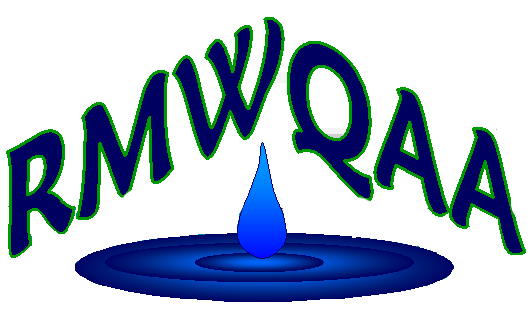These days drones are everywhere in the news….drones surveying landscapes, drones taking pictures, even drones delivering pizza. At a recent conference, drones were again at the center of the conversation, but this time, the talk was about drones collecting water samples.
For anyone who has spent a day launching a boat, and fighting waves, seagulls, and other hazards, the idea of drones doing all that work for you sounds pretty good. While there are numerous benefits to drone sampling, there are significant costs associated with it too.
Let’s start with the positives. Drones can provide an excellent tool for reaching hard to access waterbodies. Much of the drone water sampling currently is at pit lakes at mine sites where access to the water’s edge is risky. Drones allow personnel to work safely, well away from the water’s surface.
Another benefit is the ability to collect samples at numerous depths using Kemmerer or Van Dorn-type samplers. This allows the sampler to get the same quality data from various depths without being in unsafe conditions. Drones can even be fitted with probes that collect a full suite of standard water column profile data such as depth, pH, temperature, and conductivity.
Even though the upfront cost of a drone sampling system would be high, in the long run, the savings would likely be made up in personnel costs. Typically, launching a boat requires a minimum of two people for safety reasons, and unless the boat is permanently in the water, getting the boat to the site, launching, and all the required sampling can be quite time consuming. Drones can save a significant amount of time by simplifying the entire sampling process.
Drones aren’t for everyone. They do require licensed pilots and many flying restrictions such as keeping the drone within your line of sight and avoiding certain airspace, makes them infeasible for some sites. Battery power is also still a limiting factor. The standard flight time when carrying heavy loads of water can be as short as 15 minutes, meaning numerous sites may not be sampled in a single day without battery replacement or recharging.
As the temperatures drop, you might be imagining piloting a drone from the warmth of your car, rather than sitting in a cold boat, hoping you don’t get splashed. Unfortunately, if high winds or fog are present, the drone may be grounded and you’ll be stuck sampling the old fashioned way. Despite the drawbacks, drones are allowing samplers to work in much safer conditions than ever before. As long as researchers continue to think up new uses for drones, we may one day be able to stay cozy warm while lake sampling is still getting done.
Natalie Love is the Laboratory Director at GEI Consultants, Inc. GEI conducts Whole Effluent Toxicity (WET) Testing, low-level nutrient analysis, and benthic macroinvertebrate identifications. She lives in Denver with her husband, 2 daughters, and mastiff.
 Welcome to the
RMWQAA Website!
Welcome to the
RMWQAA Website!  Welcome to the
RMWQAA Website!
Welcome to the
RMWQAA Website!